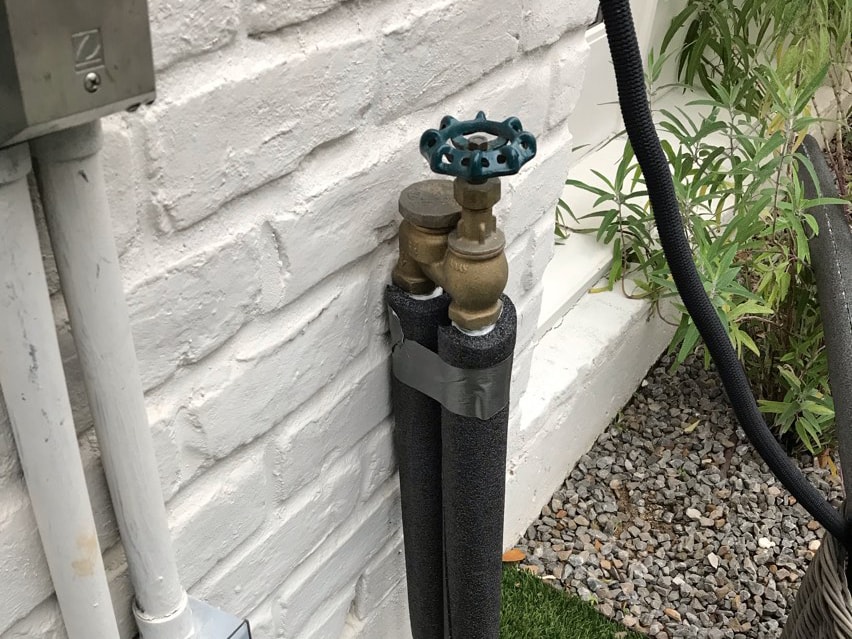How to Protect Your Home During a Winter Freeze: Essential Tips for the Next Three Days
Dec 22, 2022

Winter freeze is here, and it’s time to take action! Hopefully, your home is already prepped—over the last 48 hours, we’ve helped over 150 homeowners with winterizing their properties. But now, it’s all about actively managing your home for the next few days as temperatures drop. Follow these tips to avoid damage and keep things running smoothly.
Protecting Outdoor Sinks, Bathrooms, and Showers:
- Keep Warm Water Flowing: Start a steady, warm water drip in outdoor sinks, bathrooms, or showers during freezing temperatures, and don’t turn it off until the temperature rises above freezing. This prevents water from freezing inside the pipes, which can cause costly damage. Be sure to restart the drip if temperatures drop again.
- Insulate Pipes: Use foam pipe insulation or wrap pipes with heat tape to provide an extra layer of protection. This is especially important for any exposed pipes.
- Drain Unused Lines: If you have outdoor water lines that won’t be used, drain them completely to prevent water from freezing inside and bursting the pipes.
- Cover Fixtures: Use insulated covers or wrap outdoor faucets with thick towels or rags secured with tape to help retain heat and block cold air.
- Leave a Gap for the Drip: Ensure the spout is not fully blocked when covering the fixture. Leave a small opening or fold the cover slightly so water can drip steadily while the fixture stays insulated.
- Use a Cover with an Opening: Some insulated covers are designed to allow water to flow through while still protecting the fixture.
Precautions Inside the Home:
- Stay Warm, Stay Safe: Run your heating system, fireplaces, and other heat sources to maintain a comfortable temperature inside. If you’re getting too warm, no worries—just put on a sweater (or, if you’re feeling adventurous, a bathing suit)!
- Open Cabinet Doors: Open the doors under kitchen and bathroom sinks, especially if they’re located on exterior walls. This allows warm air to circulate around the pipes and prevent freezing.
- Slow Drip, Room Temp Water: Let interior faucets (sinks, tubs, and showers) drip slowly with room temperature water. Avoid using hot water for this, as you don’t want to drain your hot water supply.
Emergency Preparation (In Case of Pipe Breaks or Power Loss):
- Know How to Shut Off Your Water: Familiarize yourself with the location of your main water shut-off valve. If a pipe bursts, turning it off quickly can prevent further damage.
- Keep the Heat In: Close blinds and curtains to retain as much heat as possible inside your home. Also, avoid opening doors too often to maintain warmth.
- Be Ready to Drain Your Pipes: If the freeze persists or power goes out for a long period, be prepared to drain your pipes to prevent damage. Additionally, you may need to manage your water heater to prevent freezing.
By staying proactive, you can minimize the risk of winter damage to your home. If you need assistance with prep or have any concerns, don’t hesitate to reach out. We’re here to help you stay safe and warm during this winter freeze!
